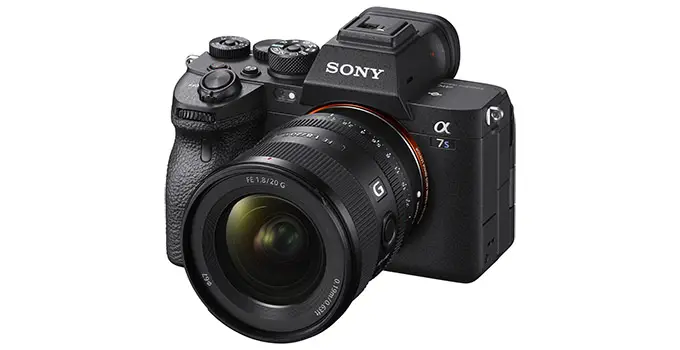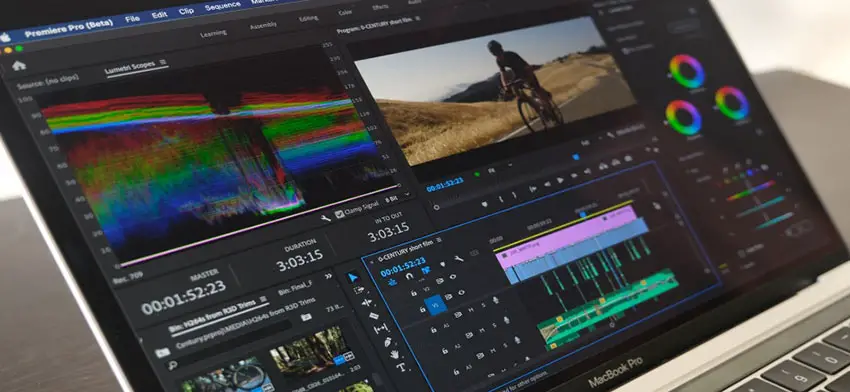Something that makes digital photography and video difficult when you start to get serious about it is learning about all the technical aspects of imaging. Video gets even worse than photo with its own types of specific settings that you need to understand to get things looking right. Color space/gamut is one of those settings.
Beyond simply being a setting that is an array of phrases and numbers that are meaningless to most, camera picture profiles also complicate the situation with their own custom color options that you’ll need to address later. For a better understanding of this setting you should check out this video from Harv Video/Audio Stuff.
Very simply, a color space or gamut is the total range of colors available to the image. There are also gamuts used for display and those used for capture. Some can be used for both. Examples of display ones are Rec.709 and DCI-P3 while capture might be something like S-Gamut3. Each has its own range.
By default most cameras record in some flavor of Rec.709 if it doesn’t have a unique profile or raw. HDR profiles will use something like Rec.2020.
If you are planning on using a wider gamut then you should take care with your camera’s bit depth (note: Harv calls this bit rate in the video, but that’s really for something else).
Most cameras will do 8-bit, while newer or more advanced cameras can offer 10-bit recording. For Rec.709 and similar smaller gamuts then 8-bit is sufficient, but for HDR or in-camera profiles like S-Gamut3 then the best case is to use 10-bit.

Image Credit: Sony
There is loads more data collected in a 10-bit image and if you have access to a wider range of colors the only way to accurately work with that wider space is to collect more data. Otherwise you will end up with unfortunate artifacts like banding or general blockiness. Related to this is bit rate and you should select the largest option if you can.
In real world workflows the final image might look great regardless of your chosen profile. Options like Rec.709 and S-Cinetone are very appealing because they look good straight out of camera. For fast workflows with minimal color work in post these profiles are great.
However, if you start pushing the color later, you might hit a wall and see areas of the footage break down. Wider gamuts like S-Gamut3 will allow for greater flexibility in post, but require serious grading to get them looking good.

Image Credit: Adobe
We lightly mentioned HDR earlier and it is time to break that down more. For viewing and display the final color space is usually BT.2020.
You’ll ideally want to shoot in something like S-Log3 with S-Gamut3 to do a proper HDR workflow as this will capture the widest dynamic range and color information. The pro workflow is likely a bit out of reach of most independent shooters today.
There are a few good takeaways from this video:
- Gamut refers to the total size of the color palette
- Bit depth (8- or 10-bit likely) discussed the level of detail per pixel that can be captured
- Wider gamuts will benefit from larger bit depths
- Gamma profiles and gamut should align (S-Log3 with S-Gamut3, for example)
- Small gamuts are usually great for faster workflows
- Large gamuts are better for advanced grading techniques
Anything else you want to know about color gamuts?
[source: Harv Video/Audio Stuff]
Order Links:
Disclaimer: As an Amazon Associate partner and participant in B&H and Adorama Affiliate programmes, we earn a small comission from each purchase made through the affiliate links listed above at no additional cost to you.



